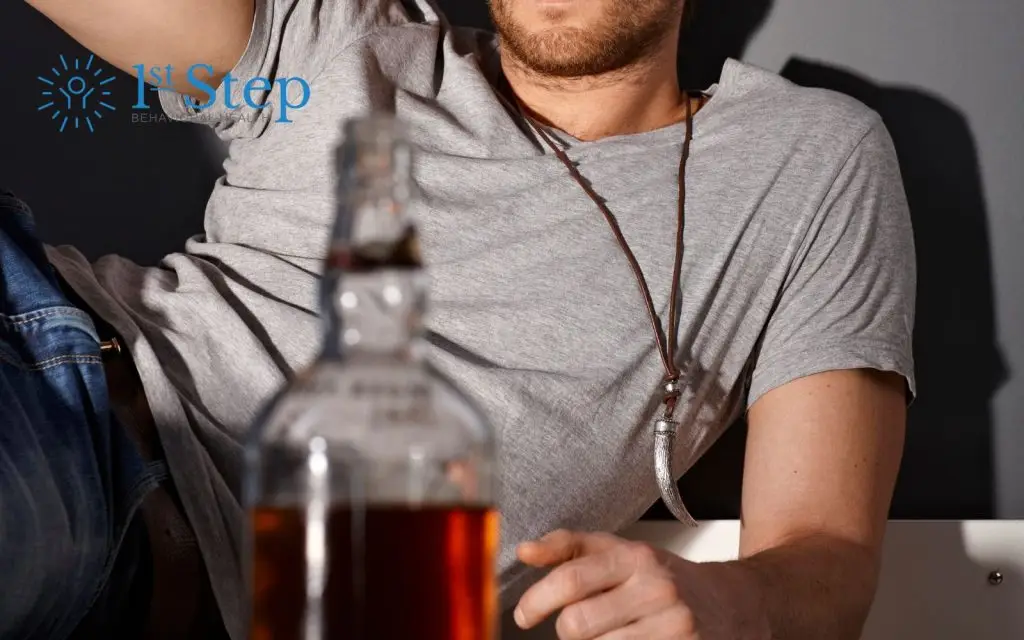Tramadol is a prescription opioid drug people take to relieve pain. Doctors may prescribe it to patients who have had surgery or those living with certain chronic medical conditions. Although the US Drug Enforcement Agency categorizes tramadol as a Schedule IV substance, its manufacturer has marketed it as a safer alternative to addictive opiates like Vicodin and Oxycontin.
But is tramadol safe? Tramadol works in the body similarly to other narcotics and opioids. It enters the bloodstream and binds to receptors in areas of the brain that produce neurotransmitters associated with stress and pain relief. Tramadol is a central nervous system (CNS) depressant, meaning it slows activity in the CNS.
Other substances, including alcohol, can also slow CNS activity. Mixing tramadol and alcohol can lead to unwanted side effects and life-threatening complications.
Research from 2015 showed that doctors ordered over 43 million prescriptions for tramadol. With the wide availability of this potent painkiller and alcohol, it’s important to understand the effects and risks of mixing Tramadol and alcohol.
If you or someone you love needs treatment or support to stop using tramadol and alcohol, or any other substances, contact the First Step Behavioral Health specialists to explore our holistic treatment programs.
What is Tramadol?
Tramadol is a prescription pain medication used to treat moderate to moderately severe pain. It may also be used to manage chronic pain.
Tramadol is classified as an opioid analgesic, though it’s considered weaker than other opioids like oxycodone or morphine. Tramadol works by changing how the brain perceives pain and also increases levels of serotonin and norepinephrine, which can contribute to its pain-relieving effects.
Because it’s an opioid, tramadol has the potential for misuse, dependence, and withdrawal symptoms if used improperly or for a long time.
Tramadol is available in immediate-release and extended-release forms, and common brand names include Ultram and ConZip. It should always be taken under medical supervision, as it can have side effects like dizziness, drowsiness, nausea, and, in rare cases, serious issues like respiratory depression or seizures.
Is it Safe to Mix Tramadol and Alcohol?
According to medical experts and the manufacturer’s guidance, people should not mix tramadol and alcohol. Even when taking small doses of each substance, people may experience unintended–and sometimes dangerous–side effects.
But what are the specific dangers of mixing tramadol and alcohol? Both substances are central nervous system depressants, which slow down the activity in the central nervous system.
Medical experts also warn that when combining two or more CNS depressants, each substance enhances the effects of the others. This means if someone takes tramadol and alcohol simultaneously, the effects of both tramadol and alcohol will be amplified.
What Are the Effects of Mixing Tramadol and Alcohol?
The primary concern about combining tramadol and alcohol is that both depress CNS activity. The central nervous system is responsible for several essential functions, including breathing, heart rate, and blood pressure. Taking these substances simultaneously may result in CNS activity becoming too slow, which can be life-threatening.
Here are some of the most significant effects of mixing tramadol and alcohol.
Depressed breathing
Tramadol and alcohol both depress CNS activity and can slow breathing to the point of respiratory depression. Breathing can sometimes become so slow and shallow that people may lose consciousness or slip into a coma. Depressed breathing can cause insufficient blood oxygen levels, leading to brain damage or death.
Overdose
Mixing these two substances may lead to an overdose because alcohol impacts how the body absorbs tramadol. Taking large doses of tramadol and drinking alcohol may cause your body to absorb the painkiller faster, which can amplify its depressant effects.
Signs of an alcohol overdose (alcohol poisoning) include:
- Confusion
- Vomiting
- Seizures
- Slow or irregular breathing
- Bluish or pale skin
- Low body temperature
- Unconsciousness or inability to wake up
Signs of an overdose on tramadol:
- Extreme drowsiness
- Slow or shallow breathing
- Weak or stopped breathing
- Seizures
- Cold, clammy skin
- Pinpoint pupils
- Loss of consciousness
Chronic medical conditions
People who abuse more than one substance are more likely to develop chronic diseases.
Heavy or chronic tramadol and alcohol abuse can lead to life-altering medical conditions, including cancer, cirrhosis, stroke, kidney disease, and liver damage.
If you or someone in your life is mixing tramadol and alcohol, get treatment as quickly as possible to avoid potentially life-threatening complications.
Do I Need Substance Abuse Treatment?
Mixing tramadol and alcohol can be dangerous–and it signifies you may need help to stop using these substances safely. Effective, comprehensive treatment is available, and it can give you a chance at a healthier, sober future.
The sooner you seek help for addiction, the more likely you’ll have a long-lasting recovery. Knowing the signs of tramadol abuse and addiction can help you recognize a problem and get treatment quickly.
Some signs of tramadol abuse and addiction include:
- Needing to take more of a substance to get the desired effects
- Neglecting your relationships, interests, and responsibilities
- Changes in your sleep, appetite, and mood
- Experiencing withdrawal symptoms if you stop taking a substance
- Mixing mood-altering substances
- Using substances to cover up emotional or physical pain
- Spending a lot of time and energy getting, using, and recovering from using a substance
- Wanting to stop using tramadol and alcohol but feeling like it’s out of your control
- Isolating yourself
- Lying, stealing, or hiding your substance use
- Facing legal or financial trouble because of your substance use
- Continuing to use tramadol and alcohol despite the consequences
If you or a loved one exhibits several behaviors, it may indicate that you need help overcoming your substance abuse. Seek help from a qualified treatment facility, beginning with a substance abuse evaluation and supervised detox.
Get Help Now
If you or someone you love needs help to stop using tramadol and alcohol safely, you are not alone. You don’t have to carry the weight of your drug or alcohol addiction alone.
Getting holistic, comprehensive treatment at First Step Behavioral Health can help you get sober, learn how to avoid relapse, and find the support you need to live a healthy life in recovery from addiction and co-occurring mental health disorders.
Don’t wait another day for the help you need. Call today to get started on your recovery journey.
References:
- The National Institute of Drug Abuse (NIDA): Drug Overdose Death Rates, Retrieved June 2023 From https://nida.nih.gov/research-topics/trends-statistics/overdose-death-rates
- Medline Plus: Tramadol, Retrieved June 2023 From https://medlineplus.gov/druginfo/meds/a695011.html
- Oxford Academic: Tramadol, Methadone and Benzodiazepines added to Alcoholic Beverages, Retrieved June 2023 from https://academic.oup.com/alcalc/article/54/4/435/5510708
Jump to a Section
Call (855) 425-4846
